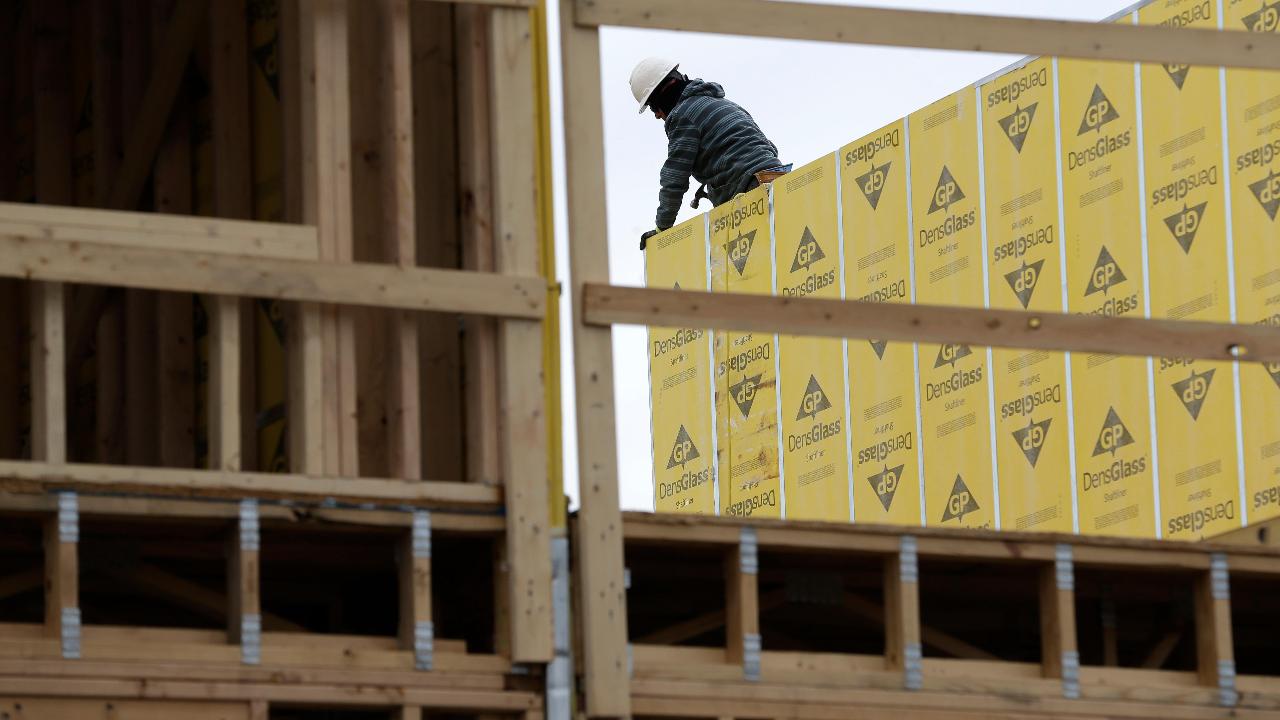US housing recovery: Ten years after the bubble burst
In the ten years since the financial crisis, which prominently featured a collapse of the U.S. housing market, prices have rebounded much quicker in some areas of the country than others.
Overall, between mid-2012 and mid-2018, home values in the U.S. jumped 45 percent, according to a new study from online real estate company Trulia. However, gains in the top 100 metro areas outpaced those in rural areas by nearly double.
That’s partially due to the concentration of population and job growth. While by 2012, most large metropolitan areas had recovered the number of jobs lost during the crisis, employment in rural towns has yet to recover to pre-recession levels, according to Trulia. Consequently, populations in rural counties actually shrank between 2012 and 2017 and grew in the largest cities by nearly 5 percent.
Meanwhile, construction has not been able to keep pace with population growth in some of the country’s top cities, which has led to a further rise in home values in those metro areas.
The cities with the highest home value appreciation rates are largely congregated on the West Coast, with San Jose, California, assuming the top spot. Home prices in this area, which is also within Silicon Valley, rose more than 122 percent between 2012 and 2018, while employment opportunities swelled by 14.5 percent.
Las Vegas also experienced a significant expansion in home appreciation, up more than 144 percent over the same time period. Population in the city ballooned by more than 10 percent between 2012 and 2018.
In Oakland, California, home prices rose 108 percent, whereas in San Francisco and Fort Lauderdale, Florida, they appreciated by more than 101 percent. In these three cities the number of additional residents per new building permit issued was 3.8, 2.5 and 4.3, respectively.
On the other hand, in cities where building kept better pace with population expansion, home prices rose more modestly, Trulia found. In Austin, Texas, for example, the population grew by more than 15 percent, but the city has only added about 2 additional people per new building permit issued, and home prices rose slightly more than 57 percent.
The relationship between population growth, construction and home prices could be particularly challenging at a time when the construction industry is facing a massive labor shortage.
Eighty percent of firms are having trouble finding hourly craft employees, according to a survey released last month by Autodesk and the Associated General Contractors of America (AGC). Additionally, 56 percent cannot find enough qualified applicants to fill salaried jobs, including project supervisors and managers.
The construction industry is potentially facing a 1.5 million worker shortage by the year 2020.




















